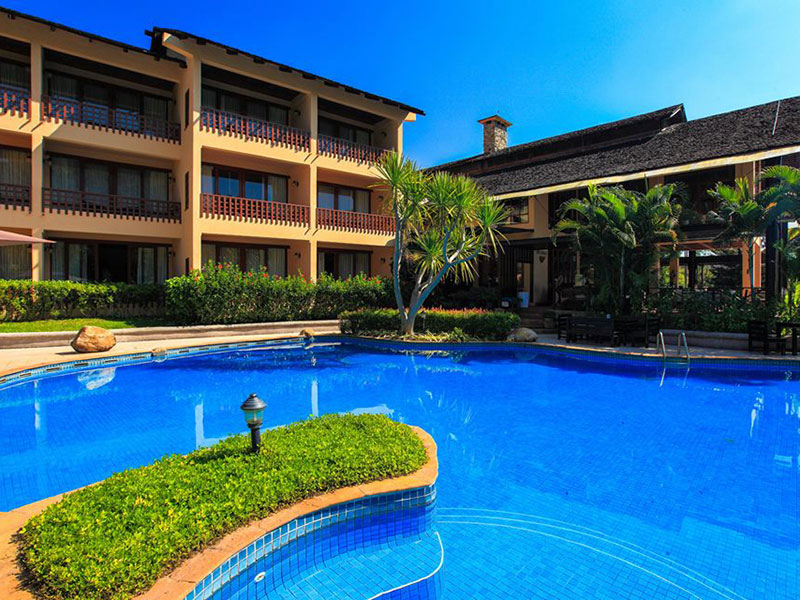“A historical research station supported by royal funds to conduct highland research, featuring three main experimental plots and beautiful cold-climate flower and fruit gardens open to visitors.”
Doi Pui Research Station is located opposite Phuping Palace. Its main mission is to study and research multiple plant species before commercial dissemination to farmers. The station has three main experimental plots:
Buak 5 Garden (39 Rai / 6.24 ha)
-
Established: 1966
-
Uses: Houses the station office "Tiam Khomkritt Building", staff club, staff residences, and experimental plots for herbaceous plants and perennial fruit trees (approximately 6 Rai / 0.96 ha)
Two-Hundred-Thousand Baht Garden (119 Rai / 19.04 ha)
-
Established: 1969
-
Significance: A historical garden funded with 200,000 Baht from the King’s personal funds to purchase and develop research land, addressing opium cultivation issues among hill tribes.
-
Current Use: Focuses on research and cultivation of persimmon and lychee, including guest houses and greenhouses for potted ornamental plants.
Boonrod Garden (25 Rai / 4 ha)
-
Established: 1987
-
Origin: Donated by Boon Rawd Brewery Co., Ltd., located next to the Doi Pui Hmong village
-
Current Use: Originally planted with perennial fruit trees such as plum, lychee, and pear; now replanned for persimmon cultivation for research and station income.
How to Get There
Red Songthaew (shared taxi):
- Hire or use public transport from Chiang Mai Zoo or the parking area at Wat Phra That Doi Suthep
Motorcycle/Private Car:
- Drive along Siwachet Road (Highway 1004) past Wat Phra That Doi Suthep and Phuping Palace to reach the station.
Travel Tips
-
Best time to visit: Winter (Nov – Jan), when cold-climate flowers are in full bloom
-
Nearby attractions: Phuping Palace and Doi Pui Hmong village
Admission Fee:
- Free to enter (parking may have a fee)
Opening Hours:
- Generally 09:00 – 16:30 (check with the station before visiting)





















